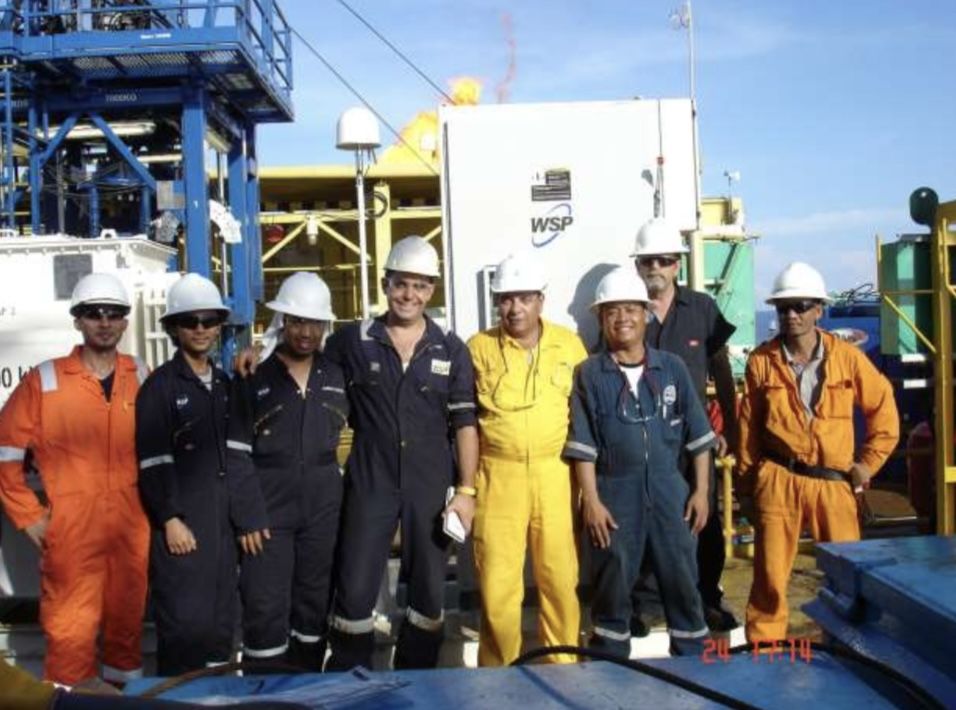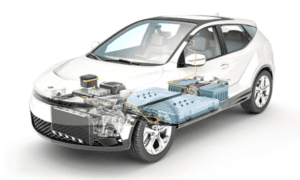When Australia’s remote oilfields demanded a more efficient and lower-maintenance artificial lift solution, our team introduced a breakthrough: the country’s first integration of a Progressive Cavity Pump (PCP) with a Tubing-Deployed Valve (TDV). The result? A resilient, adaptable, and cost-effective artificial lift system that performed beyond expectations in one of the world’s most challenging extraction environments.
Why Combine PCP with TDV?
PCPs are widely trusted for their ability to handle viscous and sand-laden fluids, but they often lack dynamic flow control. The TDV addressed this gap. By incorporating a pressure relief mechanism and startup flexibility, it ensured controlled production ramp-up and minimized equipment stress. The installation site in onshore Queensland had a reputation for erratic flow patterns and remote inaccessibility, which made this solution especially valuable.
In many traditional installations, a delay of even a few hours could result in significant economic losses. In contrast, this novel pairing allowed for seamless activation under varying wellbore conditions. What made this installation exceptional was not merely the combination of two proven technologies, but the adaptation of both to accommodate localized geological realities.
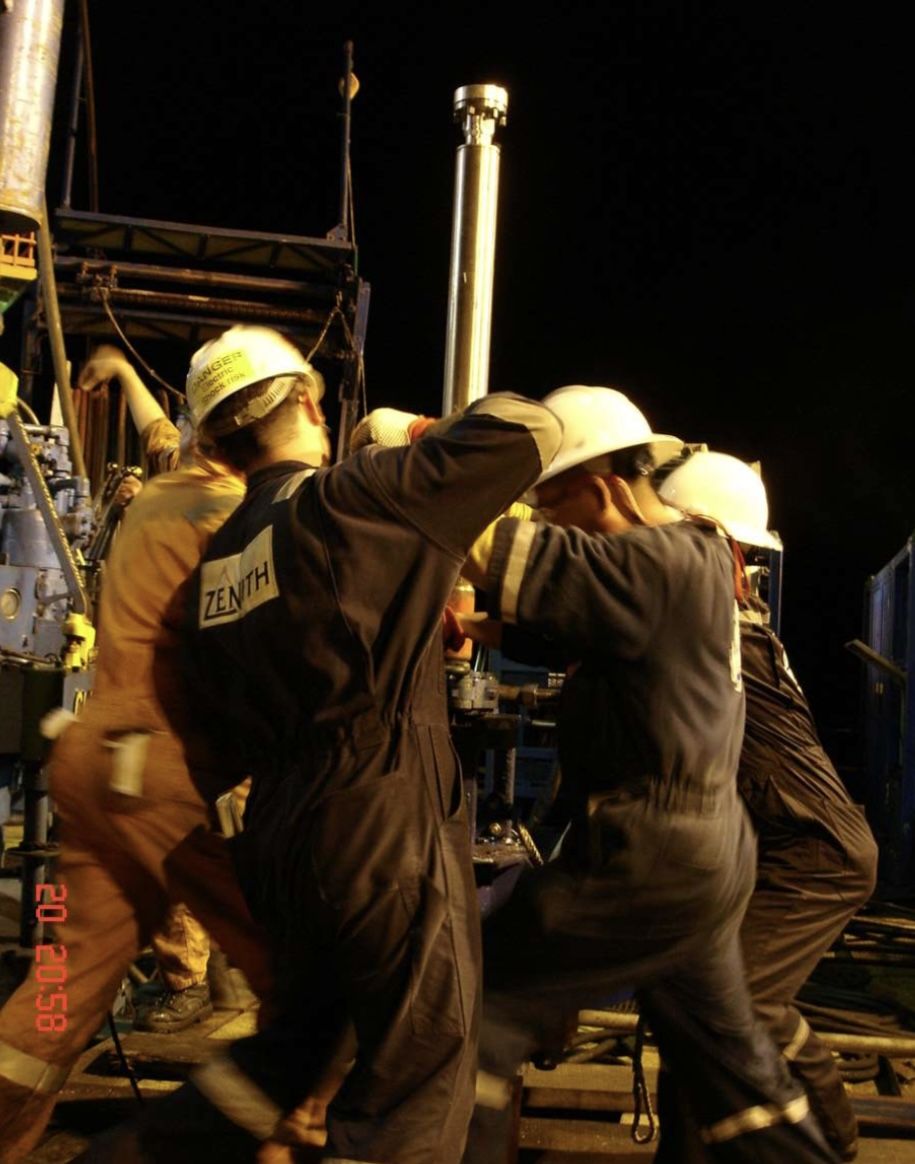
The Operation
As Lead Specialist, I was responsible for system matching, field supervision, and post-installation verification. Our deployment included customized sensor calibration and real-time monitoring, both of which I personally oversaw. We conducted pre-installation simulation modeling using field data inputs and collaborated with cross-functional teams—mechanical, chemical, and systems engineers. I also trained junior engineers and developed replicable installation protocols.
Working with a multidisciplinary team, we pre-tested the system under simulated field conditions. Our installation went smoothly. Within 24 hours, flow rates stabilized, startup pressures were optimized, and no manual interventions were required for over 60 days. After 90 days, performance analysis revealed that the installation surpassed all baseline KPIs for durability and flow regulation.
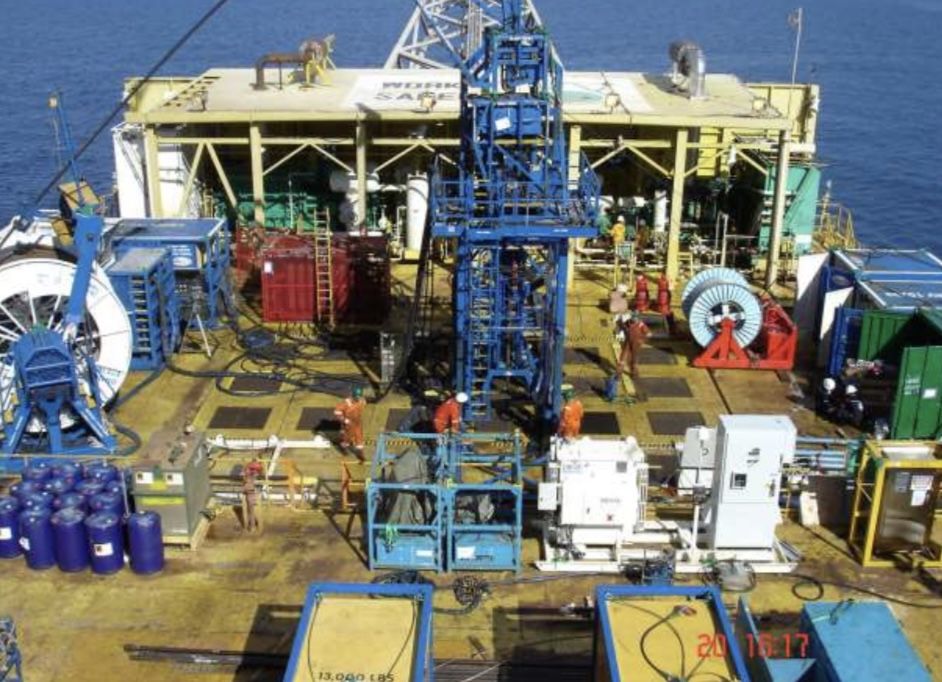
Results & Impact
The client ultimately adopted the PCP-TDV system as a new operational standard across similar assets. Run time projections exceeded targets, and intervention frequency dropped significantly. This field-tested solution is now seen as a viable alternative for remote or unconventional oilfields across the Asia-Pacific.
The solution has since been replicated in new geographies. I authored the post-operation report that now serves as a reference for follow-up installations. The framework we developed in Australia has influenced current practices in multiple countries.
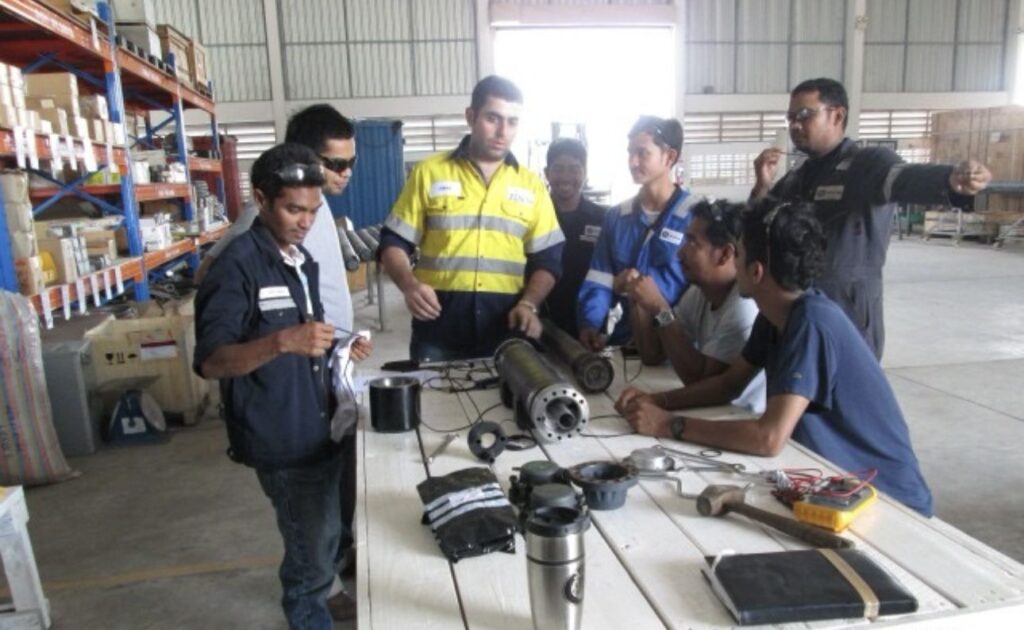
This project demonstrates how cross-disciplinary engineering, leadership under field pressure, and a commitment to long-term efficiency can contribute meaningfully to global energy operations.

